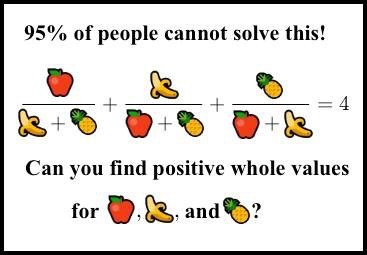I watched Succession one-episode-a-day on treadmill for 39 days. I'm glad I did this in 2023 since Season 2 aired its last show on Oct 19, 2019, and Season 3 had its first show on Oct 17, 2021, so I would have been in suspense (or at least as much suspense as corporate board meetings can generate) for about 2 years.
The show inspired the following mathematical thoughts.
1) There was a scene which I paraphrase as follows:
Alice: I'll give you two billion dollars for your shares in the company.
Bob: Don't insult me. It's worth at least 2.5 billion.
My thought: I would take the two billion.
My Math Thought: Let's say the shares really were worth 2.5 billion. Is it worth haggling? I think not, since I can't imagine I will ever spend that much money in my life. (See the blog post here on the St. Petersburg paradox which is about how much money is enough.) To be fair, if I wanted to buy Tesla (note that I mean buying the company, not buying the car) or buy the Comedy Cable Station (I would run it so that it only airs funny commercials) then I might need the extra half a billion to even begin trying (Tesla is worth around 740 billion). SO the question of is it worth the haggling depends on your situation.
So let's assume you don't need the money for some large purchase. Would you haggle? One reason to haggle is that you don't want the person who is ripping you off by only offering 2 billion to get away with it and/or think you are a chump. Whether one cares about this might depend on the relationship you have with that person. Even so, I would just take the 2 billion. Perhaps that's why I am in academia instead of business.
MATH QUESTION: Can we quantify what amount of money its not worth haggling over?
2) Alice wants to buy Bob's company. After months of negotiations they agree to x dollars (and there are many side issues as well). The next day
Alice thinks: OH, if he was willing to sell for x, he would be willing to sell for x-1.
Bob thinks:OH, if she was willing to buy for x, he would be willing to buy for x+1.
(In the show this scenario happened many times, but usually with only one party wanting to re-negotiate and its not just +1 and -1, its things like seats-on-the-board, who-will-be-CEO.)
MATH QUESTION: If Alice and Bob behave as above is there any mechanism to make them actually come to an agreement? Might involve assuming they can't factor fast or can't solve NPC problems fast.
_Cropped.jpg)

